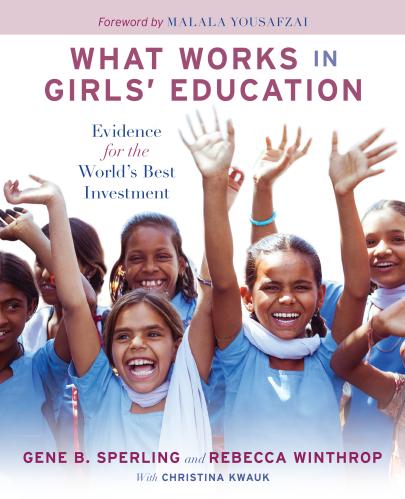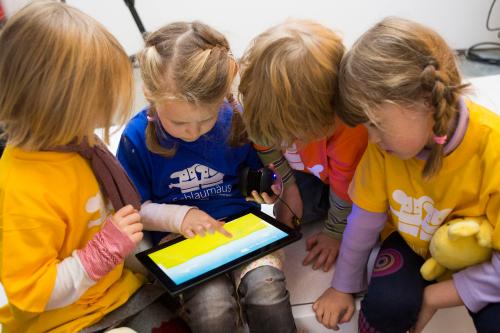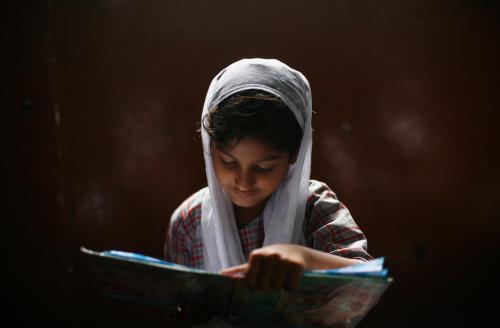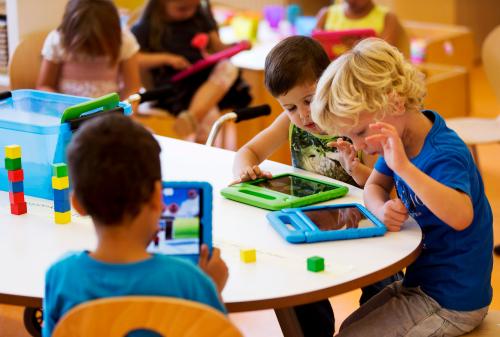Last week, amid growing movements towards isolationism throughout the world, the global education community doubled down on collaboration and partnerships across borders. From Lyon, France, where I attended a gathering spearheaded by Ashoka of education innovators and social entrepreneurs from 44 countries to Dakar, Senegal where the Global Partnership for Education (GPE) convened over 100 ministers from a diverse array of countries, the importance of working together to improve education was the theme of the day.
At the grassroots level, “education change leaders”, as Ashoka refers to them, sought to find new ways for innovators to connect with each other, share learning, and align around a shared vision of supporting holistic education. The tenor of the session was informal—among the several hundred people attending on the first day I only spotted three men with ties, one of them a bow tie donned more for fashion than formality. The conversation placed a premium on developing relationships, networks, and collaborations across countries, actors, and themes.
Education innovators displayed interest in being part of a more organized bottom-up movement that actively facilitated collaboration around the topics of parental engagement, demand for education reform, project-based learning approaches, and leveraging media to education change. Examples included: school leaders working with troubled youth, meditation gurus hoping to support schools in cultivating mindfulness, and filmmakers with a desire to galvanize parent activism. Given our recent research on education innovations and the finding that there is limited connection between innovation spotters (i.e., organizations who are scanning the landscape of innovative programs, schools, policies, approaches, and tools), this type of network building seems to be an important next step for the education innovation community.
At a higher level, policymakers from around the globe descended on Dakar from February 1-2, with the goal of refilling the coffers of GPE—which hosts the world’s global fund for education and aligns partners behind shared plans for improving education in low-income countries. With over a thousand people, and where almost all men wore ties, the conference was a mixture of short thematic presentations, networking, and formal announcements outlining how governments pledged to work jointly together to support and fund education. Jointly hosted by President Macron of France and President Sall of Senegal, and with the attendance of nearly ten heads of state and a plethora of ministers representing departments of education, state, development, labor or social welfare, the conference demonstrated that the education sector is being given greater attention among political leaders across the globe.
Historically, GPE, and the education sector more broadly, has struggled to attract the kinds of political attention that equally important “sister sectors”, such as global health, have received. Four years ago, GPE’s 2014 Replenishment Conference had no heads of state in attendance and a much smaller number of government ministers. However, since that time, there has been an increasing drumbeat globally on the importance of education. We have seen Ban Ki Moon’s Global Education First Initiative, the appointment of the first U.N. Special Envoy for Global Education Gordon Brown, and global thought leaders engaged in the recent high-level, Norway-sponsored Education Commission. Last week’s replenishment conference demonstrates that education as a sector, and with GPE as a platform for collaboration, has indeed arrived on the political scene. Delegates from Argentina, the host of the next G-20, attended with hope to seamlessly build off the Dakar conference and include an increased focus on education in the 2018 G-20 meetings.
At the conference, donors committed $2.3 billion over three years, a 75 percent increase over the $1.3 billion that has been contributed in the previous three years. But this number is still far from the $3.1 billion that was desired. The target itself is well below the approximately $2 billion a year that other global funds raise and certainly well below the $39 billion annually that UNESCO estimates is needed to give every child in a low- and middle-income country a quality education—all of which are peanuts compared to the dollars circulating in a $75 trillion global economy.
However, the political engagement in the shared effort of supporting education for the world’s poorest countries is a good sign that increased collaboration on education just may bear the fruits of the kind of change—from top to bottom—that we need in education. Change that will enable the 264 million children who are out of primary and secondary school, and the millions of children who are in school and not learning well, to access a quality education. Certainly, many of the African delegates at the GPE conference are looking to each other to carry this momentum forward. Pan-African collaboration was a theme voiced by political leaders and advocates alike. President Akufo-Addo of Ghana argued that Africa is the richest continent with the youngest population and the lowest standards of living and education is the only solution to this conundrum—something that the countries in Africa could work together to address if they collectively cracked down on the billions of dollars that flee the continent illicitly.
Answering the call for pan-African collaboration, President Sall announced that Senegal would be the first African country contributing to GPE’s fund, donating $2 million, which presumably will help GPE support less fortunate neighbors. Ultimately, Youssou N’Dour, the beloved Senegalese musician and activist, summed it up when serenading the conference: “Africa, you can ask for help, but first let us try ourselves.”







Commentary
Strengthening global education partnerships during a time of increasing isolationism
February 7, 2018